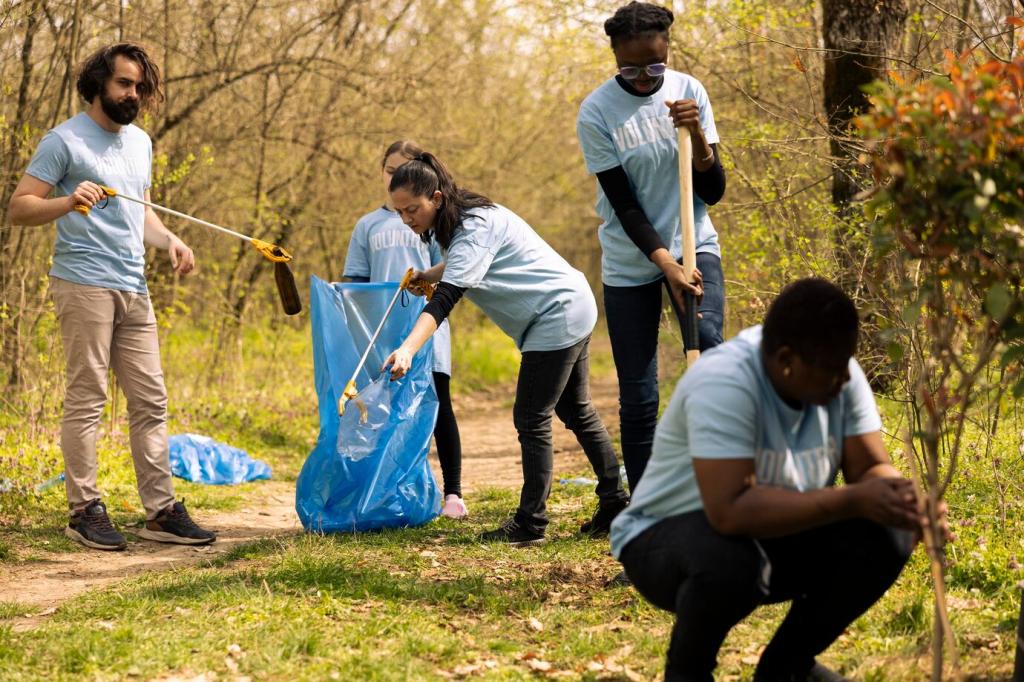Connecting Homes, Schools, and Parks
Print a simple neighborhood map and mark sun patches, curb strips, parking lot edges, and neglected corners. Identify gaps under one block long first. Prioritize locations with water access and supportive neighbors, then expand outward. Small, strategic connections create outsized ecological impacts quickly.
Connecting Homes, Schools, and Parks
A fifth-grade club planted five native species outside the cafeteria and tracked visitors weekly. Within a month, they recorded painted ladies and leafcutter bees. The principal celebrated in the morning announcements, and families asked for plant lists. Momentum spread beyond the school fence.






